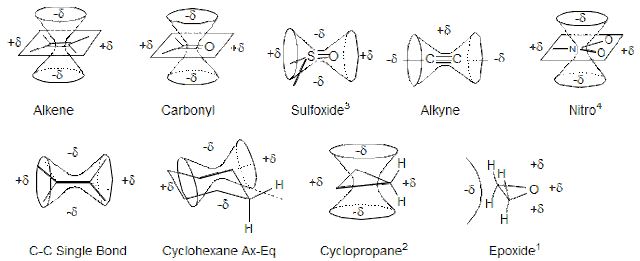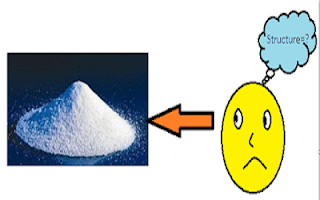Black Body Radiation
GENERAL OVERVIEW
First of all we have to know that everything in the universe is in motion .It seems to be odd , for example a stone lying on a road seems to be stationary but this is not so. At macroscopic level (observable with naked eyes) that stone was found to be motionless but actualy that is not reality.
At molecular level , molecules of stone are in motion like vibrational , rotational motion and so other. This is true.
Black body radiation :-
Since all the matters around us are in motion , and one of them is vibrational motion of the particles of which they are composed of . This vibrational motion causes the emission of radiation. At low temperature the radiations are of low frequency but as the temperature increases frequency increases. Even with the higher frequency, the radiation of lower frequency were also emits out . This happens only in case of solid material which emits continuous range of frequency's radiation. In case of gases the nature of radiation is discrete. Rate of emission of radiation is dependent on the nature of solid. A black body has the maximum rate with respect to others at same temperature.
Intensity of radiation (amount of radiation per unit surface area) depends on the temperature of the substance.
Energy distribution of Black body radiation :-
The energy distribution is defined in the term of ⍴(ƛ) d(ƛ). Since we have known that in black body there is a continuous range of frequency rather than a single wavelength radiation. Experimentally it was found that energy density reaches a maximum value at a particular wavelength at a constant temperature. This maximum value shifts to lower wavelength side (higher frequency side) when the temperature increases.
Idea behind this result of graphical illustration:-
Rayleigh-Jeans law - Rayleigh was the first who tried for the derivation of energy density distribution equation. He used classical laws of mechanics and based on two theorems:
- Theorem of stationary waves in hollow spherical cylinder
- Theorem of equipartition of energy
⍴(𝝂) d(𝝂) = (8π𝝂2/c3).kBTd(𝝂)
On simplification
⍴(𝝂) d(𝝂) = A𝝂2.Td(𝝂)
But the drawback of this equation is that this is valid for only low frequency radiations as experimentally the graph downs gradually after a maximum value. But according to this equation the graph goes to infinity with frequency. To overcome this drawback Planck's law come.
Planck's law of radiation :- ⍴(𝝂) d(𝝂) = (a𝝂3)/(exp(b𝝂/T) – 1)
where 'a' and 'b' are constants
This equation fits well into the experimental result.
Thank you.
If you want further, the derivations of above two equations please mention in the comment section. I will provide you in another section.



Comments
Post a Comment